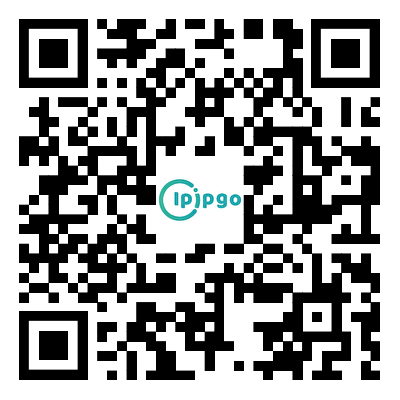
Real User Behavior Simulation: Stop 'Showing Up' in Your Request Header
The core logic of browser fingerprinting detection is to determine whether or not it is machine traffic by analyzing the special tags in the HTTP request header. Using Chrome as an example, a typical request header should containAccept-Language, Sec-Ch-Ua-Platform, User-AgentA coordinated combination of multiple fields such as. When using the ipipgo residential proxy, it is recommended that you first pass it through itsExport IP LocationObtain the real equipment information of the corresponding region to ensure the consistency of the geographical characteristics of each parameter.
A common error is to simply copy a request header template provided by others. Suggested access via local browserhttpbin.org/headersObtain real-time data and collect information with ipipgo proxy IP corresponding to the regional network environment to form a dynamically updated local database.
Key Parameter Camouflage Trilogy
User-Agent MasqueradeIt is important to avoid unusual version numbers, such as "Chrome/99.0.12345.678" which does not exist. With the multi-region residential IP provided by ipipgo, you can get the information of browser versions commonly used by local users:
| as suffix city name, means prefecture or county (area administered by a prefecture level city or county level city) | Common User-Agent Features |
|---|---|
| United States of America | Chrome/120.0+ version share 78% |
| Japanese | Safari mobile share 62% |
Accept-Language parameterYou need to match the language of the IP location. If you use ipipgo's Japanese residential IP, you should configure "ja-JP" instead of the common "en-US".
Connection fieldIt is recommended to maintain the "keep-alive" state to avoid frequent changes that cause abnormal traffic detection.
Dynamic Environment Adaptation Program
When using ipipgo Dynamic Residential IP, it is recommended that each request be made using theIP+Request Header Binding Policy::
- Synchronized logging of ASN information when acquiring new IPs
- Match the characteristics of user terminals of corresponding ISPs according to ASN numbers
- Getting time zone parameters through the IP geobase provided by ipipgo
Typical example: When assigning an IP to Deutsche Telekom (AS3320), the request header should contain the device identifier associated with "Vodafone" and configure the Berlin time zone (GMT+1).
Real-world detection and repair tools
It is recommended to use a combination of detection schemes to verify the effectiveness of the camouflage:
- pass (a bill or inspection etc)BrowserSpyValidating HTTP header leaks
- Courtesy of ipipgoIP Authenticity Detection InterfaceVerification of environmental parameters
- Regularly collect real user samples using Headless Browser
Frequently Asked Questions QA
Q: How to choose between Dynamic IP and Static IP?
A: High-frequency services are recommended to use ipipgo dynamic residential IP to automatically change the environment, while long-cycle tasks choose static residential IP to maintain session stability.
Q: How can I quickly test the camouflage effect?
A: Using ipipgo'sEnvironmental testing toolsIt can provide real-time feedback on request header anomaly parameters and automatically recommend a correction plan.
Q: How to deal with specific website detection?
A: It is recommended to turn on ipipgo'sFingerprint protection modeThe function can automatically adapt to the detection mechanism of the target website and intelligently adjust the underlying parameters such as TCP fingerprint.








